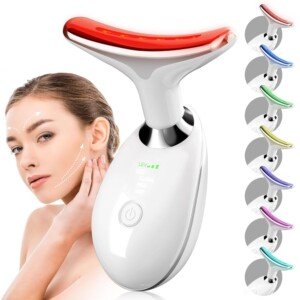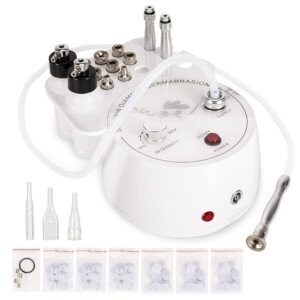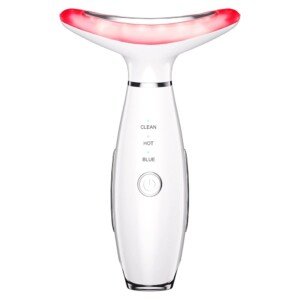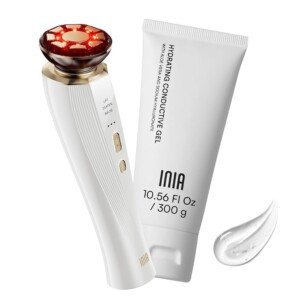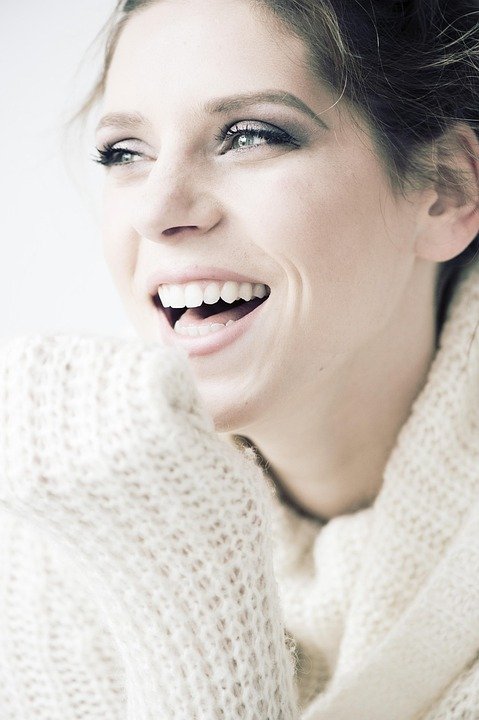In recent years, LED light therapy has gained popularity as a non-invasive, painless treatment for various skin concerns. From reducing acne to boosting collagen production, different wavelengths of light penetrate the skin at varying depths to promote healing and rejuvenation. But how does it work, and which colors should you use for your skin goals?
In this article, we’ll explore the science behind LED light therapy and how each colored wavelength targets specific skin issues.
What Is LED Light Therapy?
LED (Light Emitting Diode) therapy is a skincare treatment that uses different wavelengths of light to stimulate cellular activity in the skin. Unlike lasers, which rely on heat, LED therapy uses low-level light energy to trigger natural healing processes. Originally developed by NASA for wound healing in space, it has since become a go-to treatment for dermatologists and aestheticians.
LED light therapy is safe for all skin types and requires no downtime, making it a convenient option for people seeking professional or at-home treatments.
How Does LED Light Therapy Work?
LED lights emit specific wavelengths of visible light (red, blue, green, etc.) and near-infrared light. When absorbed by skin cells, this energy helps:
- Stimulate collagen & elastin production
- Reduce inflammation
- Kill acne-causing bacteria
- Speed up healing & repair
Different colors penetrate the skin at varying depths, meaning each wavelength has unique benefits.
The Effects of Different LED Light Colors on Skin
1. Red Light (630nm–700nm) – Anti-Aging & Repair
Best for: Wrinkles, fine lines, collagen stimulation, wound healing
Red light penetrates deeply into the skin, boosting circulation and encouraging fibroblasts (collagen-producing cells) to work harder. This leads to:
✔ Smoother, firmer skin
✔ Reduced fine lines & wrinkles
✔ Faster wound healing & scar fading
Ideal for: Mature skin, post-procedure recovery, general rejuvenation
2. Blue Light (400nm–470nm) – Acne & Bacteria Control
Best for: Acne, oily skin, inflammation
Blue light kills Propionibacterium acnes (P. acnes), the bacteria behind acne breakouts. It also helps regulate sebum (oil) production, reducing clogged pores.
Benefits include:
✔ Fewer breakouts & blackheads
✔ Reduced redness & swelling
✔ Better overall skin clarity
Ideal for: Teenagers, acne-prone skin, hormonal breakouts
3. Yellow Light (570nm–590nm) – Brightening & Reducing Redness
Best for: Rosacea, hyperpigmentation, dull skin
Yellow light enhances lymphatic flow, reducing inflammation and redness. It’s also great for brightening a dull complexion by improving oxygen-rich blood flow.
Key benefits:
✔ Less redness & irritation
✔ Brighter, more even skin tone
✔ Soothing for sensitive skin
Ideal for: Rosacea sufferers, post-inflammatory hyperpigmentation
4. Green Light (520nm–570nm) – Pigmentation & Calming
Best for: Dark spots, sun damage, melasma
Green light targets melanocytes (pigment-producing cells), helping fade dark spots and even out skin tone. It also has a mild calming effect.
Benefits:
✔ Less noticeable sunspots & discoloration
✔ Balanced skin tone
✔ Reduced irritation
Ideal for: Hyperpigmentation, sun damage, anti-redness
5. Near-Infrared Light (700nm–1200nm) – Deep Healing & Pain Relief
Best for: Deep wrinkles, muscle pain, joint inflammation
Though not visible to the eye, near-infrared (NIR) light reaches deep into tissues, promoting cellular regeneration. It’s often used in medical treatments for:
✔ Accelerated wound healing
✔ Pain & inflammation relief
✔ Enhanced recovery after procedures
Ideal for: Anti-aging, post-surgery recovery, muscle relief
How to Use LED Light Therapy Safely
Professional vs. At-Home Devices
Professional-grade LED treatments (available at dermatology clinics) deliver stronger, more targeted results. However, high-quality at-home masks and wands can still offer noticeable benefits with consistent use.
How Often Should You Use It?
- For acne (blue light): 3–5 times per week
- For anti-aging (red light): 3–4 times per week
- For pigmentation (green/yellow): 2–3 times per week
Always follow device instructions and wear protective eyewear to prevent eye strain.
Who Should Avoid LED Light Therapy?
- People with light-triggered conditions (like lupus)
- Those taking photosensitizing medications (check with a doctor)
- Anyone with skin cancer or suspicious lesions
Final Thoughts
LED light therapy is a versatile, science-backed treatment that can address multiple skin concerns without downtime. Whether you’re battling acne, aging, or pigmentation, there’s a wavelength that can help you achieve healthier skin.
If you’re considering LED therapy, consult with a dermatologist to choose the best option for your needs—or try an FDA-cleared at-home device for regular maintenance.
Have you tried LED light therapy? Share your experience in the comments!
Would you like recommendations for the best at-home LED devices? Let me know! 🌟
-
2025 New Face and Neck Massager Tool, 7 Colors LED Womens Skin Care Facial Massager for Skin Rejuvenation, Lifting, Toning, Glow Boost-White
Original price was: $29.99.$24.99Current price is: $24.99. -
3-in-1 Beauty Massager for Face and Neck, Based on Triple Action LED, Thermal, and Vibration Technologies for Skin Care,Improve,Firm,Tightening and Smooth
Original price was: $23.96.$21.96Current price is: $21.96. -
3-in-1 Red Light Therapy for Face and Neck, Skin Tightening Device True Beauty Glow Facial Massager for Skin Care, Effective Wrinkle Reduction Anti-Aging with Lifting,…
Original price was: $139.99.$109.99Current price is: $109.99.


